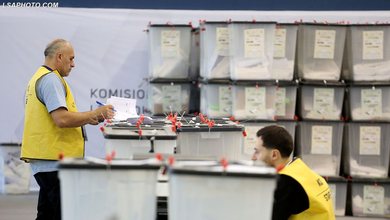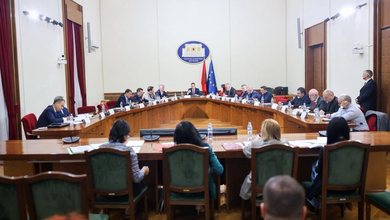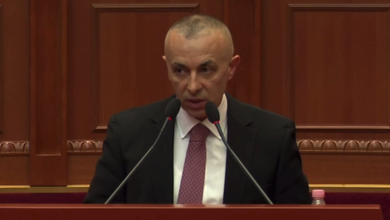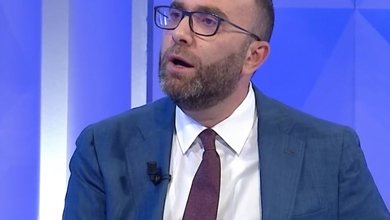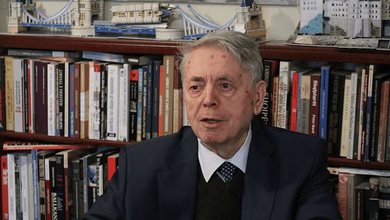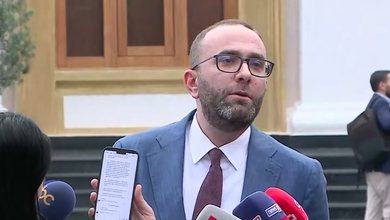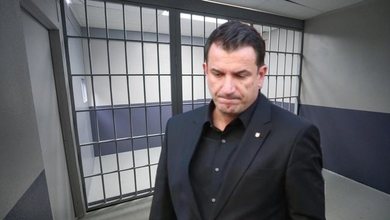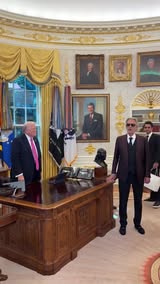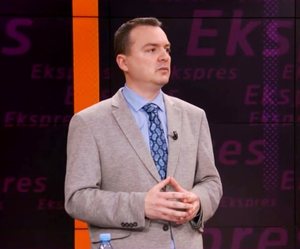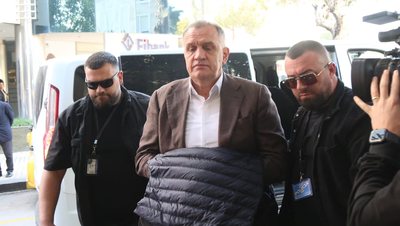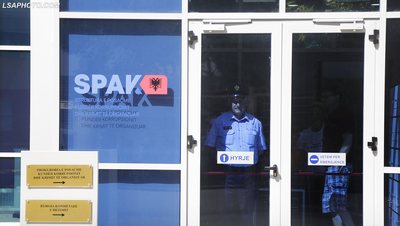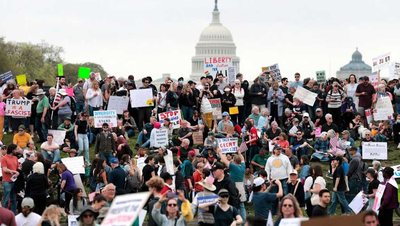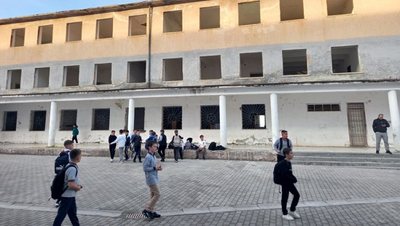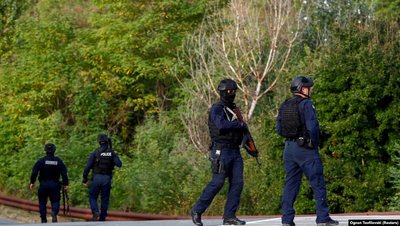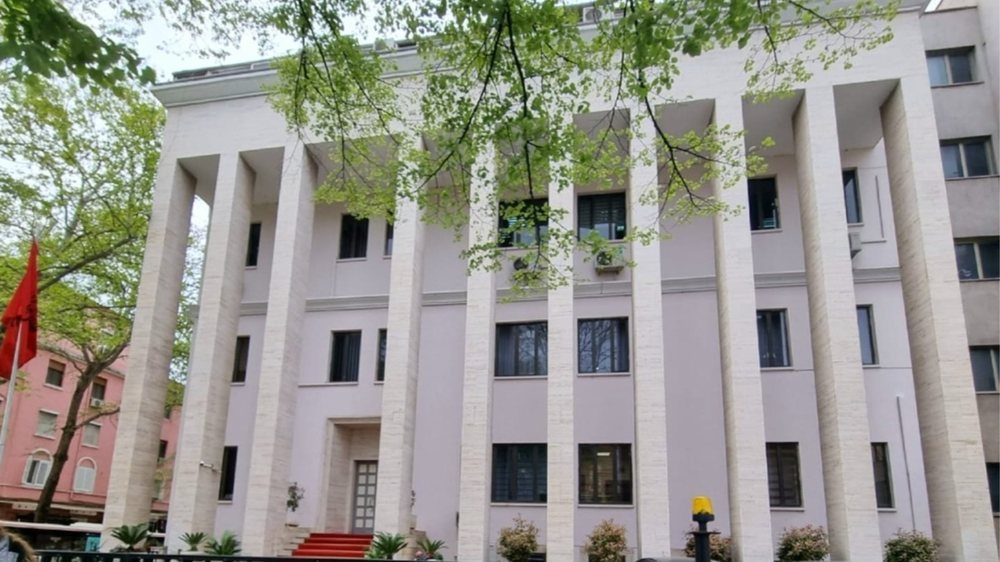
The Supreme Court has reacted to the audio published by Top Channel from the meeting where the vote was held to elect a member of the Constitutional Court. In a statement from this court, it is alleged that public comments have distorted the facts.
In a statement to the media, the Supreme Court, which describes the public debate as "biased and inaccurate," says that the voting process on September 30th was conducted in full compliance with the Constitution and the law, respecting the secrecy of the vote and unchanged procedural standards.
In the statement, the Institution explains that one ballot was declared invalid due to two different marks, which, according to the court, violated the secrecy of the vote, and that in the absence of a 3/5 majority, the winner was declared ipso lege (in the sense of the law) the first candidate on the KED list, Asim Vokshi.
In the same statement, the Supreme Court condemns "offensive language and public pressure," saying it will not be influenced by media attacks or insinuations.
MEDIA NOTICE:
HIGH COURT REACTION
For several days, comments, interpretations and claims that are untrue in content, biased in explanation and incorrect in legal and factual interpretation have been distributed in public opinion, regarding the holding of the Special Meeting of the Supreme Court on September 30, 2025 for the election of a judge of the Constitutional Court.
These statements, accompanied by offensive and contemptuous language, reflect a dangerous trend in the public sphere, where hate speech is trying to replace argument and fair analysis of the law, bringing serious consequences to the work of the judiciary. This unjustifiable and baseless verbal attack has nothing to do with public debate or criticism of institutional activity, it is instigated with the aim of discrediting and intimidating the judiciary, with the consequent continuous decrease in citizens' trust in justice institutions. These are attacks that are not directed at just one institution, they aim to affect the foundations of the rule of law.
The Supreme Court emphasizes that it will not engage in abusive language. It has nothing to hide or justify, as every action it has taken has been transparent, accountable and in accordance with the law. The Supreme Court responds to loud voices and pressure attempts with the weight of evidence, the clarity of the law and the force of truth. The Supreme Court firmly rejects this inappropriate language and emphasizes that neither insults nor insinuations will affect its independent and honest exercise of its duties.
This reaction of the Supreme Court comes not as a response to anyone who tries to intimidate or exert pressure on it, but to clarify that part of the public that, in the cacophony of false and noisy pseudo-analyses, seeks to understand the voting process for the election of a judge of the Constitutional Court.
In the face of offensive language and public disinformation, the response comes with law, facts, and dignity, supported by official and easily verifiable documents.
1. Legal basis and unchanged procedural standard
The procedure conducted on September 30, 2025 was based on Article 125 of the Constitution, Article 7/ç of Law No. 8577, dated 10.02.2000, as well as the Regulation of the Special Meeting of Judges of the Supreme Court for the election of the member of the Constitutional Court, approved on February 24, 2022.
This regulation has been applied identically in all previous procedures conducted for the election of constitutional judges, without any institutional contestation.
The regulation has directly included the legal norms that apply to the election of all officials of the governing bodies of the justice system (Law No. 115/2016 “On the Governing Bodies of the Justice System”, Articles 17, 45, 115 and 143) and that determine the rules of the validity of the vote, its secrecy and the obligation for full documentation of each collegial process.
In line with this regulation, decision no. 485, dated 21.09.2023, of the High Judicial Council, “On the approval of the rules for the election of the President of the High Court”, was adopted. This decision contains the same procedural rules as those applied by the High Court for the composition of the voting commission, the method of counting and ascertaining the invalidity of votes, as well as the cases when a ballot is invalid. Therefore, the rules applied by the High Court are identical to those approved by the High Judicial Council itself, under the direction of Ms. Llagami, when she was the president of that institution.
2. Competences of the Voting and Judges' Meeting Committee
According to Article 9 of the Regulation, the Voting Commission is composed of the chancellor, the chief secretary and a judicial secretary. This commission administers the entire voting process, distributes the ballots, carries out the counting, ascertains invalidities and prepares the minutes, which reflect the valid votes, invalid votes and the final result. The minutes are approved by the Special Meeting of Judges with the final decision on the election of the judge of the Constitutional Court.
All stages, from the convening of the meeting and verification of the quorum, to the establishment of the Voting Commission, the conduct of the secret ballot, the counting and assessment of the validity of the ballots, to the announcement of the voting result, were carried out in full compliance with the regulation and were documented in the official minutes unanimously approved, through decision no. 2, dated 30.09.2025, by the 15 judges of the Supreme Court. This act constitutes the final institutional certification of the legality and integrity of the voting procedure.
In accordance with the regulation, the process of counting and determining the (in)validity of the ballots was carried out by the Voting Commission, as a technical and independent body. The principle of secrecy and impartiality of the vote was respected throughout the procedure, guaranteeing a professional and independent assessment, without allowing interference or influence from anyone. In this process, the role of judges is limited to the exercise of the vote, while the physical verification of the ballots and the issuance of the result belongs solely to the Voting Commission, a process which is carried out in the presence of all members of the Supreme Court participating in the vote.
At the end of this phase, the Special Meeting of the Judges of the Supreme Court approved the final result through decision no. 2, dated 30.09.2025, signed by all judges and made public with the result:
Asim Vokshi - 6 votes,
Naureda Llagami - 8 votes,
Florian Ballhysa - 0 votes,
and 1 invalid ballot.
In the absence of a 3/5 majority of votes, pursuant to Article 7/ç of Law No. 8577/2000, the candidate ranked first by the Judicial Appointments Council, Mr. Asim Vokshi, was declared ipso lege member of the Constitutional Court, by the unanimous decision of the Supreme Court, published in the Official Gazette No. 177, dated 2.10.2025. Following this decision, the oath-taking procedure before the President of the Republic continues.
3. Invalidity of the vote due to lack of secrecy
Every voting process in the judiciary is based on the principle of secrecy of the vote, as a guarantee of the independence of the will of judges and the integrity of collegial decision-making.
This principle is not a technical formality, but a substantial guarantee that ensures that no judge feels exposed, identifiable or influenced by the way he or she votes.
Therefore, secrecy is a condition for the validity of the vote, and not simply a rule for its form, otherwise the vote would be open.
In this case, two different marks were made on the invalid ballot paper: a cross for voting and a circle around the number next to the candidate, which, although it may give the impression of “clarity of will”, clearly violates the secrecy of the vote and opens the possibility of its identification. If it is allowed that every “clear” vote is accepted even when it is not “secret”, then the principle of secrecy loses its meaning and the process becomes identifiable.
The reference to the Electoral Code for the electoral process of this type is incorrect, since the election of a member of the Constitutional Court by the Supreme Court is not a political electoral process, but an internal institutional procedure, regulated by special legal provisions. These norms have a special nature and aim to protect the secrecy of the vote and not its exposure, as a fundamental guarantee of impartial and professional decision-making. In political voting, where the voters are the people, the goal is the free, clear and direct expression of the citizen's will, according to the rules of the Electoral Code. While in institutional voting, as in the case of internal elections of judges for the bodies of governance of justice, the voters are the judges themselves, and the essence of the process is to guarantee the independence, secrecy and professional integrity of the vote.
Therefore, the regulation of the Special Meeting, as well as the specific legal provisions (articles 17, 45, 115 and 143 of Law No. 115/2016), prohibits any additional marking on the ballot paper, considering it invalid. The same standard is also provided for in the decision of the Supreme Court of Justice No. 485, dated 21.09.2023. This fact proves the coherence and continuity of the legal principles, which have been and are being applied in the same way in all institutional voting processes.
In both cases, the rule is clear: “any mark other than the one for voting shall render the ballot invalid”, and that the vote is invalid when “marks in favor or against the candidates have been made on the ballot”. This is not a formal rule, but a guarantee against any possibility of identifying the vote. Accepting a ballot with two marks would violate the secrecy of the vote and equality between candidates, therefore its invalidity is a legal and institutional obligation, not a matter of interpretation. Precisely for this reason, this rule is also written at the end of every ballot.
4. Transparency of the voting process
The Supreme Court has acted with complete transparency and without any reservation throughout the process, immediately making available to Ms. Naureda Llagami, as the only subject who requested the relevant documentation, every document requested, including the minutes of the meeting, the audio recording and the accompanying documents. These documents are now publicly known, which proves that the Supreme Court had no intention of keeping them secret or limiting information, but on the contrary has fully respected the principle of transparency and the right to information.
If today the public opinion hears the audio recording of the meeting, this is thanks to the Supreme Court's own decision to grant full access to the interested party, not some "revelation" or "secret" leaked outside the institution, as stated by some media. This fact proves that the Supreme Court is open to any verification, confident in the legality of its actions and does not feel threatened by transparency, on the contrary, it considers it part of its mission to increase public trust in justice.
5. Institutional stance
The Supreme Court considers it essential that public debate be conducted on the basis of facts and official documents, not speculation or narratives built on misinformation.
It is not intimidated by the language of attacks and insults, nor by the deliberate distortion of facts, but will continue to exercise its constitutional function with responsibility and dignity.
In a state governed by the rule of law, courts do not react with emotion, but with legal acts and evidence. This case clearly shows that every fact is documented and proves the complete legality of the process that took place.
The Supreme Court reiterates that the process conducted on September 30, 2025 is legal, transparent and documented at every step. Every action was carried out in accordance with the Constitution, the law and regulations in force, without any hidden background or purpose. In this sense, the Supreme Court has nothing to explain outside the facts, and nothing to justify against the insults or insinuations circulating in the public.
The institution of the Supreme Court is not afraid of attacks, nor is it affected by them. The language of denigration and slander cannot replace the law, logic and responsibility that every judge bears.
We do not react with anger, but with dignity; we do not respond with words, but with facts and law; we do not seek approval, but understanding and respect for the mission we carry out.
The Supreme Court will continue to uphold its constitutional duty, protecting the independence of the judiciary, the integrity of judges, and the public's trust in justice.
This is our way of responding to insults: with calm, courage, and dignity, as befits institutions that protect the rule of law.


